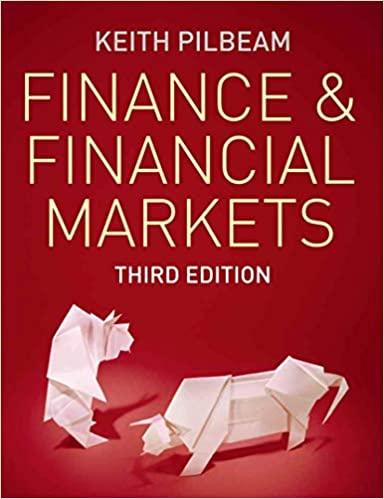2 6 (Related to checkpoint 5.3) (Compound interest with non-annual periods) Calculate the amount of money that will be in each of the following accounts at the end of the given deposit period: Amount Annual Account Holder Compounding Compounding Deposited Interest Rate Periods Per Year (M) Periods (Years) Theodore Logan III $ 1.000 12% 5 Vorell Coles 95,000 12 1 2 Tina Elliot 9,000 10 6 Wayne Robinson 118.000 10 3 5 Eunice Chung 30,000 18 12 Kely Cravens 15,000 12 1. The amount of money in Theodore Logan Il's account at the end of 5 years will be $ 1,790,86). (Round to the nearest cont.) b. The amount of money in Vemell Coles' account at the end of 2 year(s) will be $ (Round to the nearest cont.) 4 3 Related to Checkpoint 5.2) (Future value) You have just introduced must have" headphones for the Pod. Sales of the new product are expected to be 10,000 units this year and are expected to increase by 23 percent per year in the future. What are expected sales during each of the next three years? Graph this sales trend and explain why the number of additional units sold increases every year. If the 10,000 units of sales this year were expected to increase by 23 percent per year, what are the expected sales of the new headphone next year? units (Round to the nearest whole number.). (Related to Checkpoint 5.2) (Future value) (Simple and compound interest) If you doposit $1,000 today into an account earning an annual rate of return of 8 percent, in the third year how much interest would be eamed? How much of the total is simple interest and how much results from compounding of interest? If you deposit $1,000 today into an account earning an annual rate of retum of 8%, in the third year how much interest would be earned? (Round to the nearest cent.) (Related to Checkpoint 5.4) (Present value) Sarah Wiggum would like to make a single investment and have $2.5 million at the time of her retirement in 34 years. She has found a mutual fund that will eam 5 percent annually. How much will Sarah have to invest today? If Sarah eamed an annual return of 18 percent, how soon could she then retire? a. 1 Sarah can eam 5 percent annually for the next 34 years, the amount of money she will have to invest today is $(Round to the nearest cont.)










